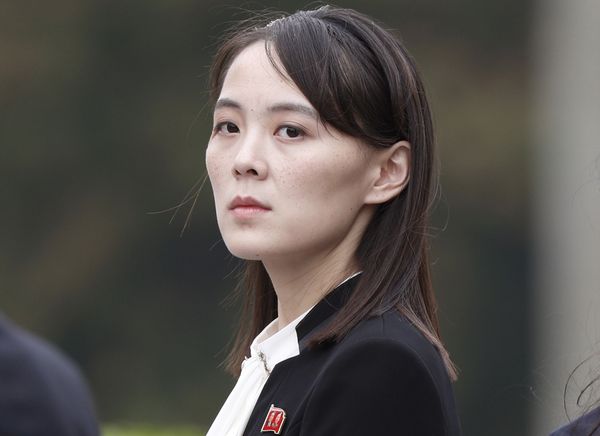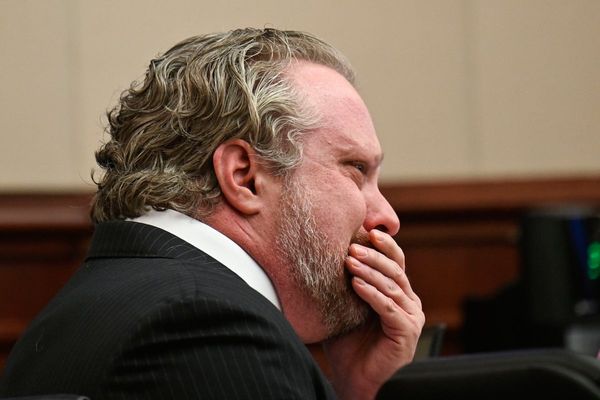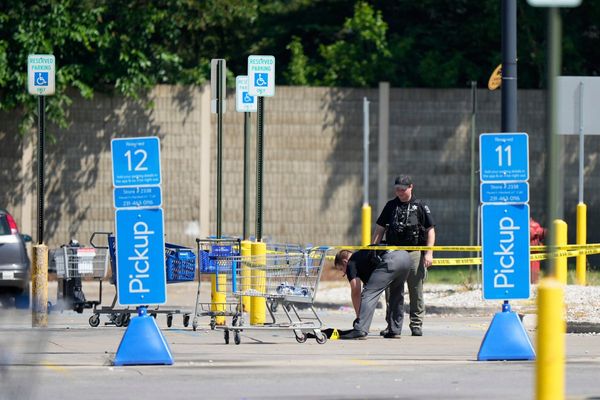Indian prime minister Narendra Modi on Monday inaugurated a strategic tunnel in Kashmir which will grant accessibility to the isolated parts of the region all year round for the first time.
Mr Modi opened the Z-Morh (turn) tunnel – a 6.5km road in the resort town of Sonmarg in Jammu and Kashmir.
The town denotes the end of the conifer-clad mountains of the Kashmir Valley before Ladakh begins across the rocky Zojila mountain pass. The tunnel will now grant it accessibility for the first time all year round.
The second tunnel, about 14km (9miles) long, will bypass the challenging Zojila pass and connect Sonamarg with Ladakh and is expected to be completed in 2026.
The $932m project includes a second tunnel and a series of bridges and high mountain roads that will link Kashmir with Ladakh, a cold desert region nestled between India, Pakistan and China that has faced territorial disputes for decades.
Mr Modi later at a public meeting, attended by hundreds of people in freezing weather, said the ambitious project would improve road connectivity and boost tourism in the region.
Experts say the tunnel project is important to the military, which will gain significantly improved capabilities to operate in Ladakh while also providing civilians with freedom of movement year-round between the Kashmir Valley and Ladakh.
The Indian Army on Monday said it has not reduced the number of troops on its Himalayan frontier with China for the winter deployment, said Chief of Army staff (COAS), General Upendra Dwivedi, despite a significant breakthrough in bitter border standoff between the two nuclear powers.
Addressing the Indian Army’s annual press conference in Delhi on Monday, Mr Dwivedi said the "situation is sensitive but stable" along the Line of Actual Control, the de facto border between the countries.
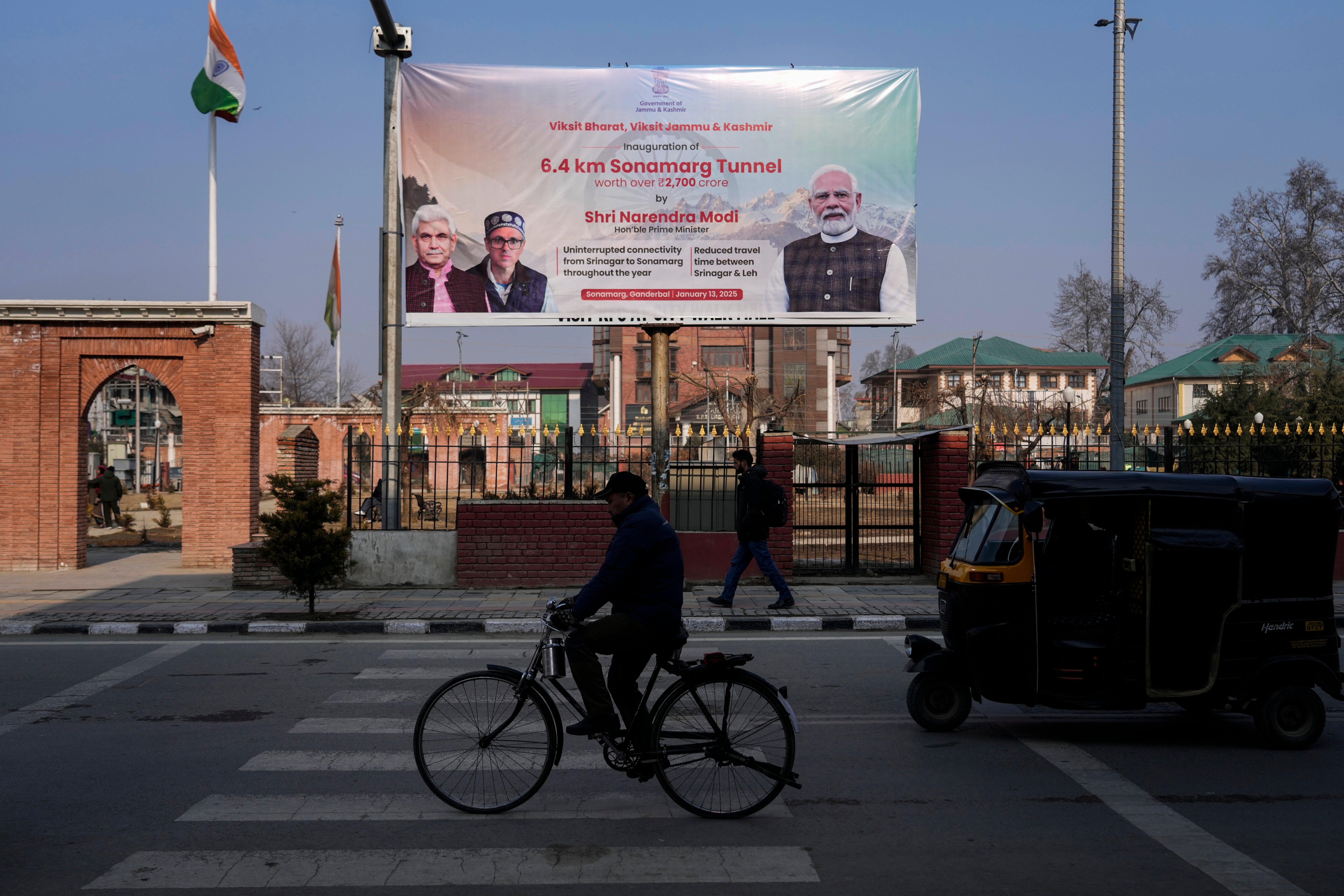
Relations between the two neighbours, which share a 3,488km border, hit a new low in July 2020 after at least 20 Indian army personnel and four Chinese soldiers were killed in a deadly clash in the Galwan Valley in Ladakh. It was the first time in 45 years that a clash on the border had led to fatalities.
The clash quickly escalated into a standoff, with both sides stationing thousands of military personnel backed by artillery, tanks and fighter jets along the border. The two sides subsequently reported sporadic incidents of fighting between the two armies as high level talks were started between the two militaries to disengage and deescalate.
New Delhi and Beijing reached a deal in October last year to resolve the four-year military stand-off and a few days later they pulled back troops from the disputed border.
“During winter deployment, the number of troops come down. So therefore, at least in the winter strategy, we are not looking forward to any reduction of troops,” Gen Dwivedi told reporters in New Delhi.
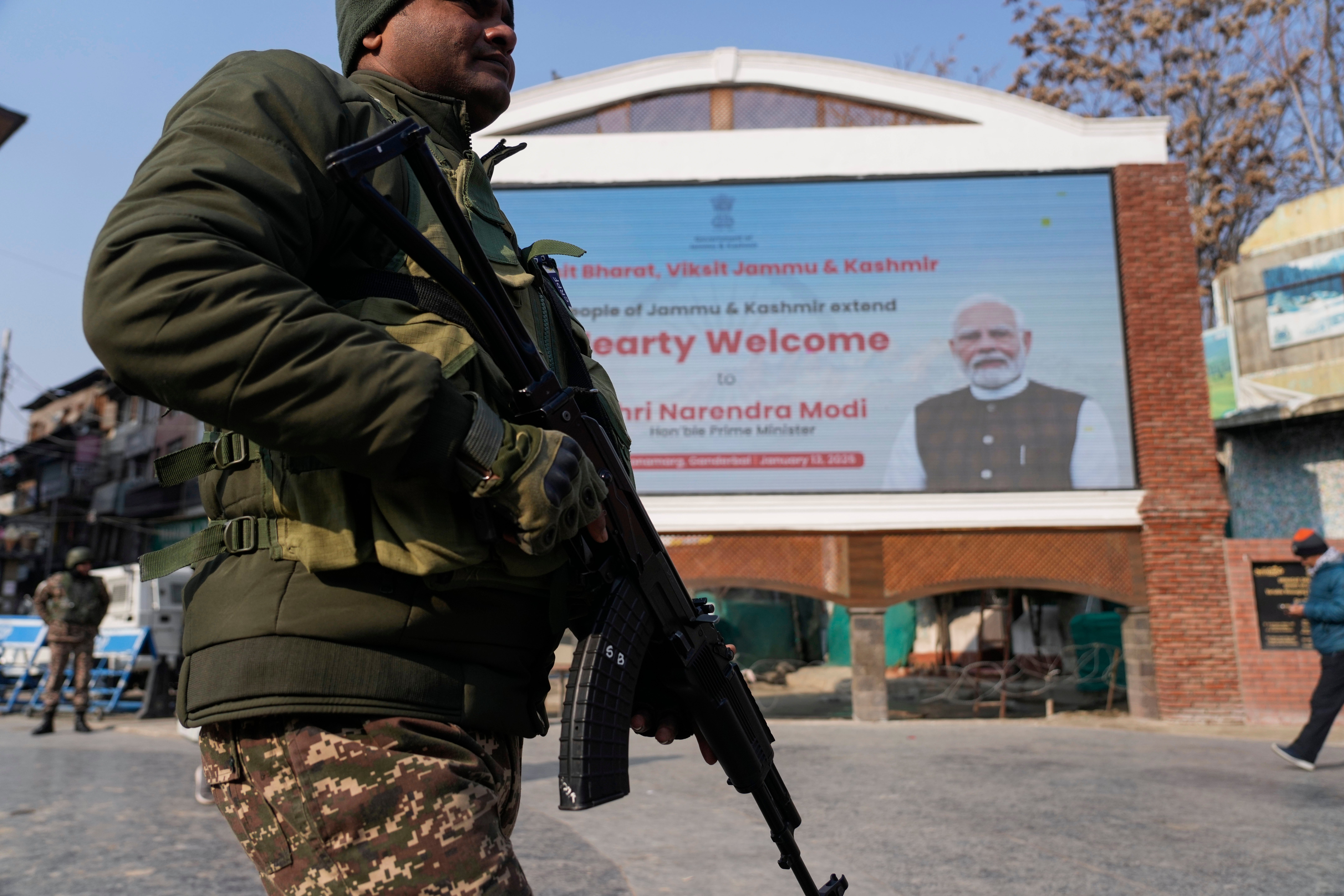
"When it comes to the summer strategy, we’ll take a review based on that time, how many negotiations and meetings have taken place," he said.
During the period of negotiations, the Indian and Chinese pulled back some forces from the Pangong Tso Lake and the Galwan Valley but the situation remained tense in the strategic areas such as Depsang and Demchok in Eastern Ladakh where the talks appeared to hit a deadlock.
He confirmed that the situation in Depsang and Demchok in Eastern Ladakh – the last two friction points – has been resolved and patrolling of troops have begun as before.
He said all the commanders have been authorised to handle the trivial matters with respect to patrolling and grazing at the ground level so that these “issues can be resolved at the military level itself”.
“Own deployment along LAC is balanced and robust. We are well poised to deal with any situation. A focus capability development for northern borders enabled infusion of niche technology into a war-fighting system,” he said.
The army chief said 80 per cent of militants in the Jammu and Kashmir region are of Pakistan origin while 60 per cent of those eliminated by the Indian army in 2023 were Pakistanis.
“The situation (in Jammu and Kashmir) is firmly under control. On the Line of Control, the ceasefire which has been effective since February 2021 is holding on. However, terror infrastructure remains intact,” Gen Dwivedi said.
India and Pakistan each control a part of Kashmir but both claim the territory in its entirety. The Indian military has long blamed Pakistan for sponsoring terrorism in the Indian controlled part of Kashmir where militants have been fighting against New Delhi’s rule since 1989.
Pakistan denies the charge, and blames India for human rights violations in the region.
Additional reporting by agencies.
